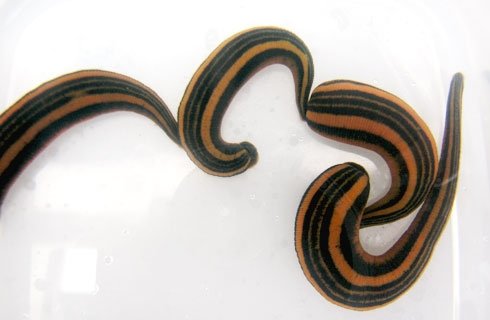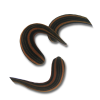History of Medicinal Leeches
Leeches have been used for medical purposes since ancient times. The Greeks and Romans were considered to have used them for medicinal purposes over 4,000 years ago. The first description of leech therapy was found in the text of Sushruta Samhita (dating 800 B.C.) written by Sushruta, who was also considered the father of plastic surgery. In medieval and early modern medicine, the medicinal leech (Hirudo medicinalis ) was used to remove blood from a patient as part of a process to “balance” the “humors” A recorded use of leeches in medicine was also found during 200 B.C. by the Greek physician Nicander. Toward the beginning of the 19th century, a “leech mania” swept through Europe and America, as leeching became incorporated into the practice of bloodletting. Enormous quantities of leeches were used for bleeding. Bloodletting procedures, including leeching, became the most common medical procedure throughout the early modern period. By the early 19th century, many patients regularly submitted to various bloodletting practices as a means of preventing or treating infection and disease.
Leeches were so widely used in Europe and the UK that over-exploitation of the European leech, by leech collectors in the 19th century, left only scattered populations. A reduction in natural habitat through drainage has also contributed to their decline. As a result, H. medicinalis is now considered vulnerable, and are legally protected through nearly all of their natural range.

Leeches today.
Medicinal leeches have made a comeback in microsurgery all around the world. They provide an effective means to reduce blood coagulation, to relieve venous pressure from pooling blood after surgery in reattachment and reconstruction operations. The therapeutic effect is not so much from the blood taken in the meal, as this quantity is small, but from the continued and steady bleeding from the wound left by the leech after the leech has detached.
The species of leech most commonly used for this purpose is the European medicinal leech, Hirudo medicinalis, and Hirudo michaelseni. However, in New Zealand we use another species, Richardsonianus mauianus, which is very similar to H. medicinalis, though a little smaller, it is equally as effective. R. mauianus is not an endangered species, they are found in many locations through out New Zealand and we are now breeding them successfully in captivity.
For more information see our UK friends: www.biopharm-leeches.com

